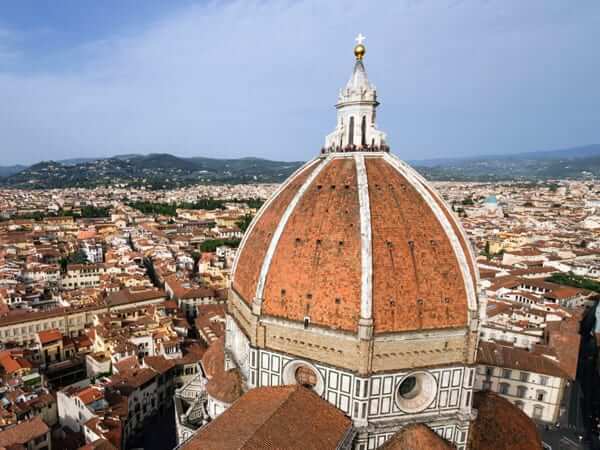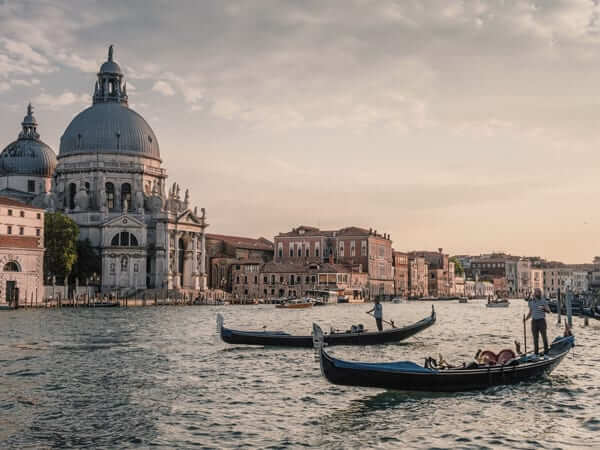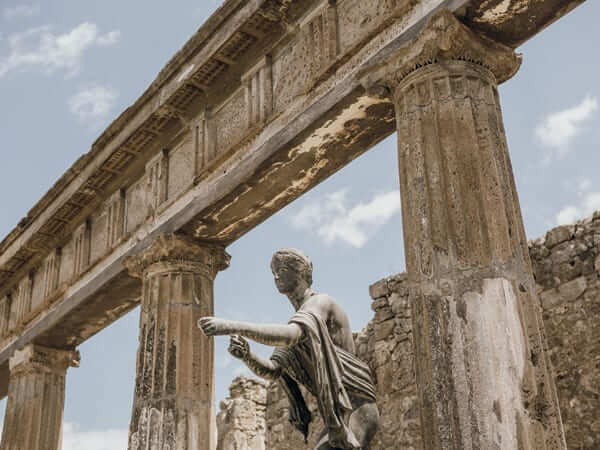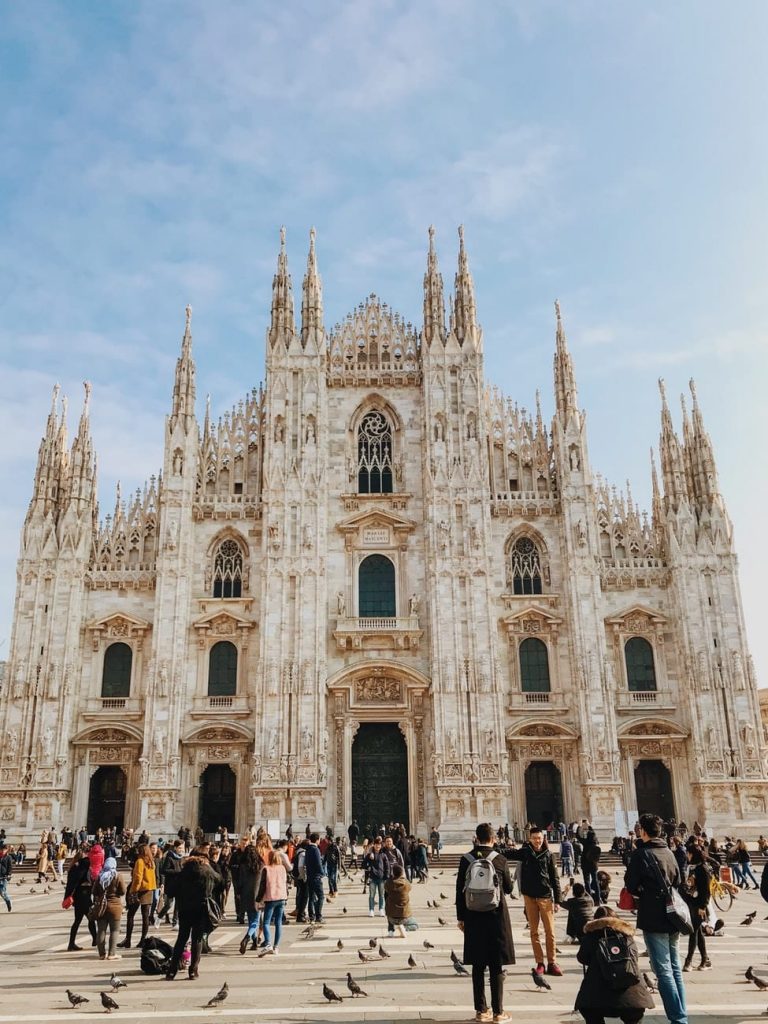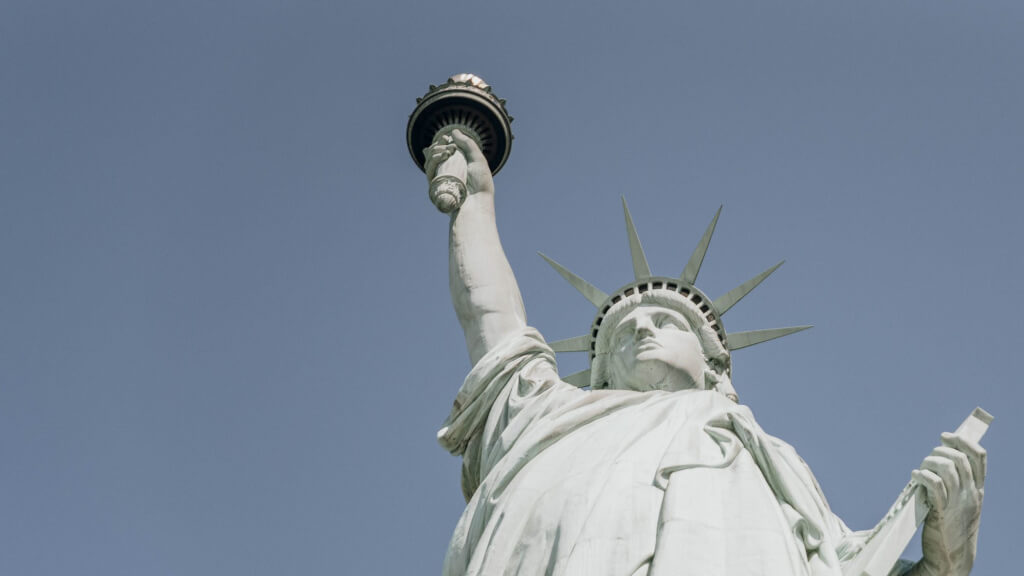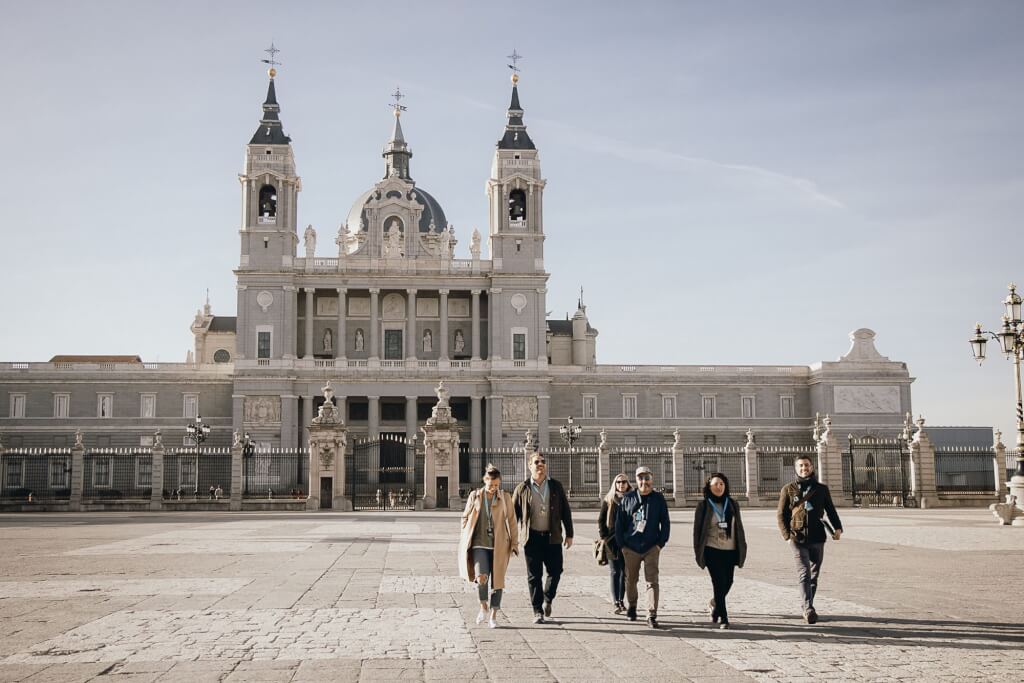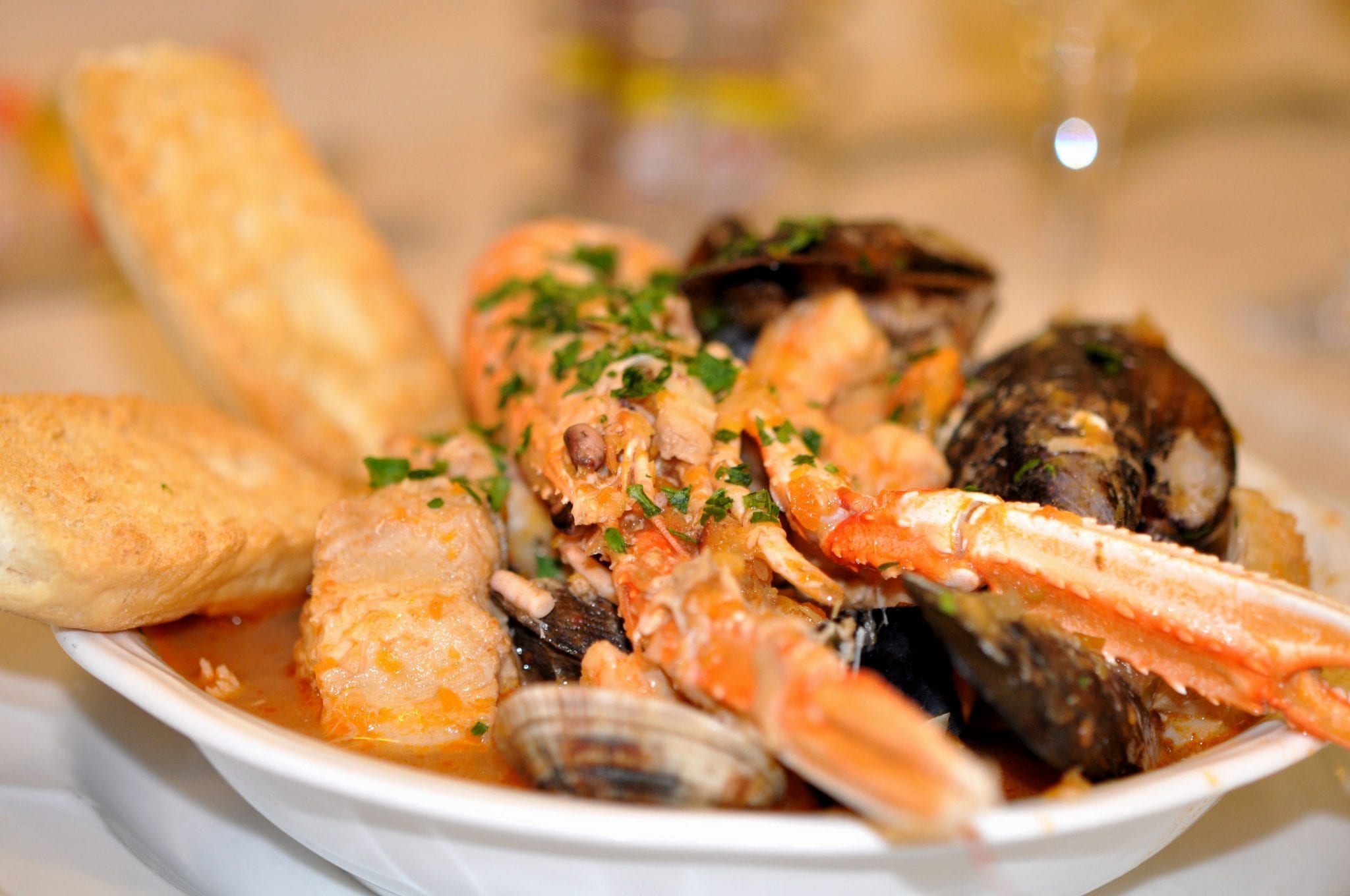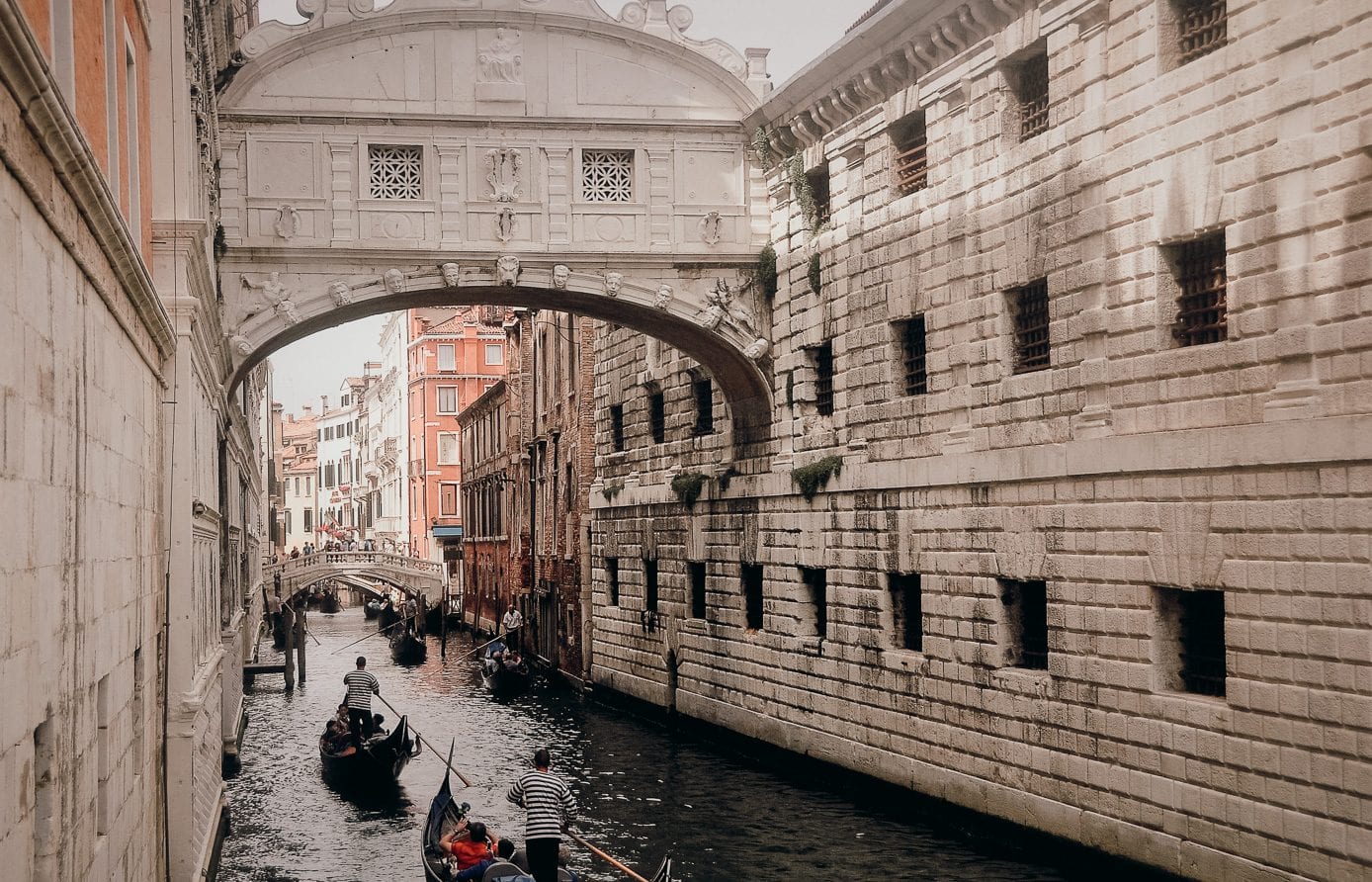
6 Essential Venice Tips to Know Before You Visit the Floating City
November 11, 2025
Enchanting, fascinating, and (frankly) drop-dead gorgeous, Venice remains one of the most-visited places in Italy. That said? No matter how much you’ve read up on the city, some things about it can, well, be surprising! Here are six Venice tips we wish we’d known about the floating city on our travels there.

Table of Contents
ToggleVenice Tips for visitors
Tip 1 – Transport tickets
You can legally board Venice’s public transport without a ticket, as long as you immediately buy a ticket once you are onboard.
So, this means, you can take advantage of hopping onboard the next service, without buying specific tickets in advance. But obviously you still need to pay for it, otherwise, if the boat is “spot-checked” for tickets, you could be told you’ll have to pay hundreds of euros in fines. You should also validate your tickets by running them through the small, yellow or white machines to keep everything right.
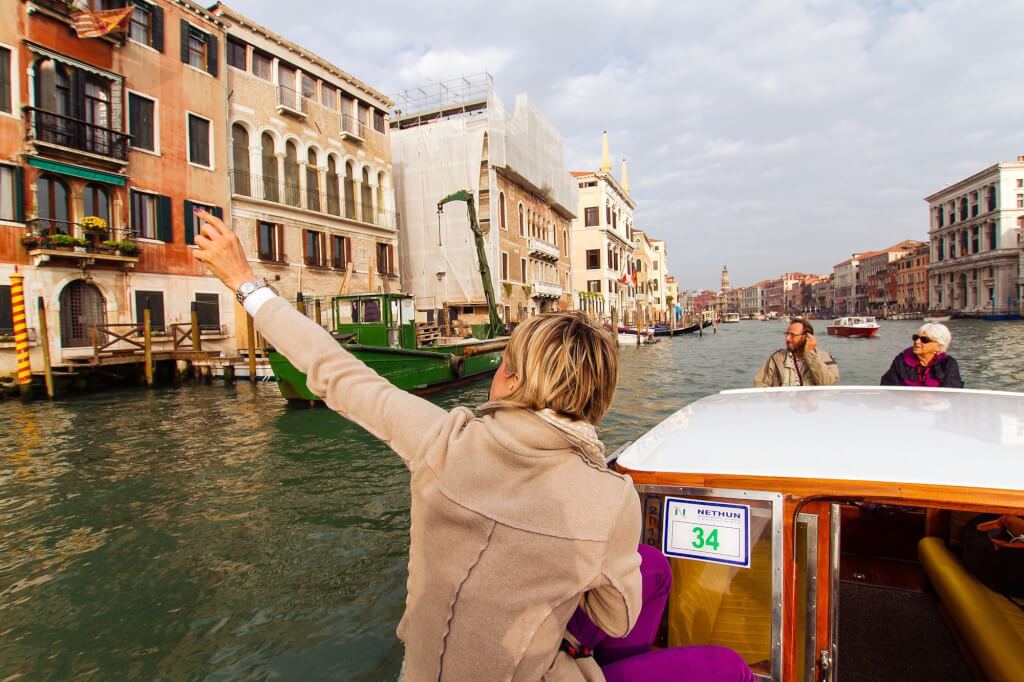
Navigating the waterways and city streets is all part of the fun and games in Venice.
Tip 2 – Mix and match your transport options
The fun of Venice is that instead of streets, there are canals, and instead of buses and trains, there are boats!
The problem? These boats can be pricey. If you plan to use the boat as much as you would, say, the metro in Rome, therefore, that can add up quickly. So if walking abilities are limited in your group, or if your hotel is conveniently located right near one of the ferry stops, then consider getting one of Venice’s all-inclusive transport passes, good for 12, 24, 36, 48, or 72 hours, or 7 days.
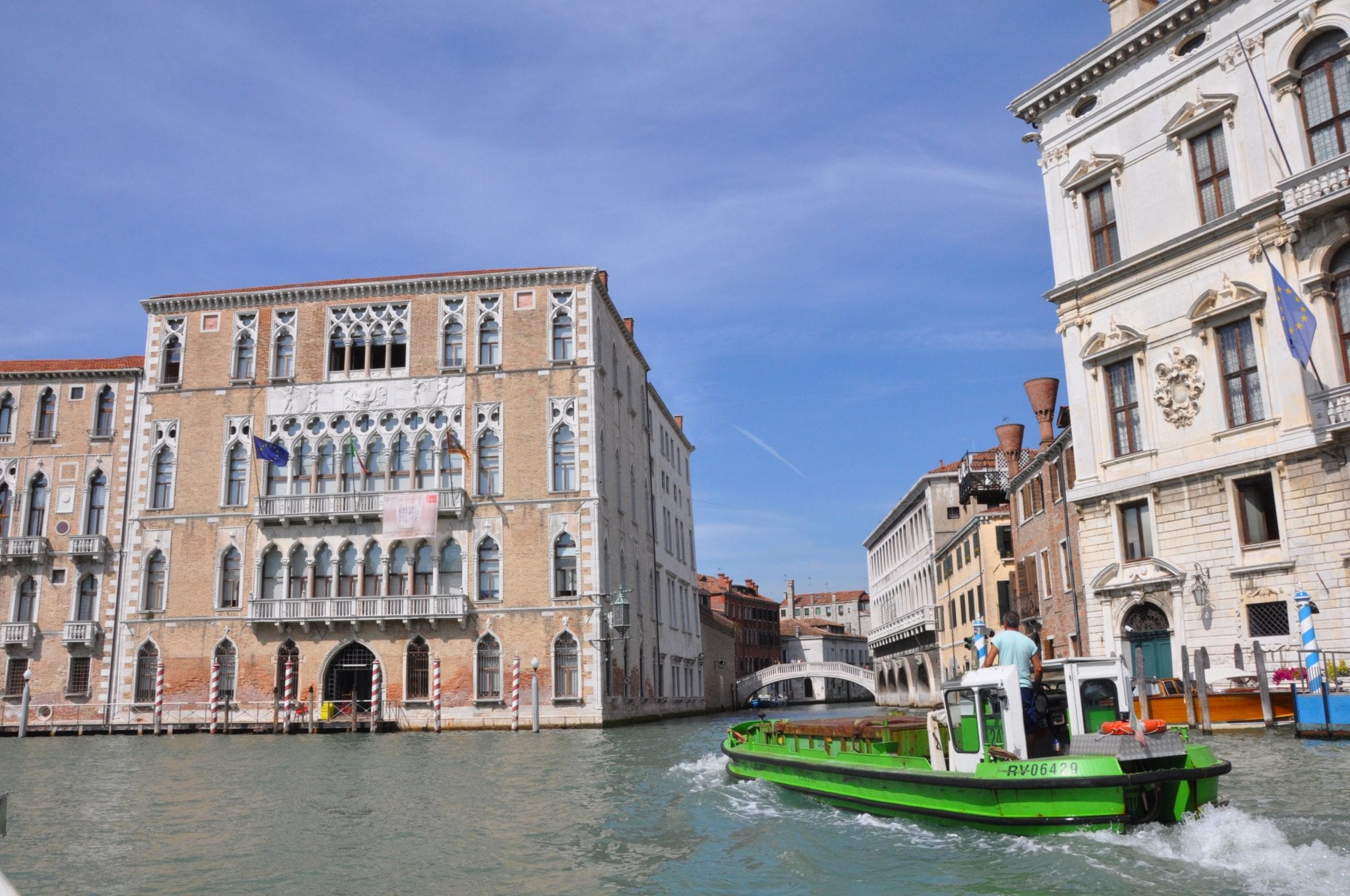
Use a mix of ferries, water taxis and walking, to maximise the different views you see and the routes you take around the city
A couple of other things to keep in mind on the transport front. First, kids under 5 travel free. Second, although there aren’t any reductions for children aged 6 to 14 (they get the adult rate), there is, oddly enough, an option for a reduced fare for youths aged 14 to 29. To take advantage, buy the Rolling Venice card at a variety of points around the city. It also gives discounts to various sites around the city.
But one thing we’ve realized: Most people don’t use the boats in Venice as much as they would use the bus elsewhere. So much of the beauty of Venice (as well as where many hotels and restaurants are!) is in its back streets and piazzas—places that, often times, the boats just can’t get to. So don´t be afraid to explore on foot.

When in Rome, or Venice, do as the Romans, or Venetians do, and sip your coffee standing up!
Tip 3 – Not all free boat rides to Murano are free
“Be careful of offers for a ‘free’ ride to Murano to visit a glass factory.
These can turn into high-pressure sales situations, and the ride may not be round-trip or fully explained. Often, tourists will be offered a “free” ride to Murano to visit the glass factories. Usually, these are, in fact, free—but trouble can come if you don’t wind up buying any of the (generally very expensive) glass. That “free” ride? Turns out, it might not be round-trip.
A safer choice is to buy a standard vaporetto ticket (around €9.50 for a 75-minute voyage) from Venice’s official water-bus network and travel independently to Murano—giving you full control and avoiding hidden costs. Your stop is Colonna or Faro, for glass factories, or Museo, for the Glass Museum.
We also offer a private boat excursion to Murano, Burano and Torcello.
Tip 4 – Stand up to sip, as you pay more to sit
Perhaps one of the more well known Venice tips… “Sitting down at a cafe in Venice costs more than anywhere else in Italy”.
You may have heard this before: Anywhere in Italy, when you sit down with that coffee at a cafe or bar, the price goes up. If you drink the same coffee, and eat the same cornetto, standing at the counter, the price is lower. (That’s why you’ll see so many Italians eating at the counter).

When in Rome, or Venice, do as the Romans or Venetians do… sip your coffee standing up!
In Venice, though, the price difference is even bigger than elsewhere. Take a seat with that cappuccino, and you can expect to pay three, four times what you would standing. Decide to take a seat at a cafe on, say, the Piazza San Marco? It will cost you much more for the pleasure.
Some cafes also tack a huge surcharge onto the bill—and, annoyingly, that surcharge isn’t for servizio, it isn’t for pane e coperto… it’s for “listening to the band” that they have playing at the tables. To avoid those kinds of surcharges, or the stress of worrying about them, stay away from eating at major tourist sites—and always take your coffee at the counter.

If you want to have your coffee with a view of this piazza, be prepared to pay!
Tip 5 – Pre-plan your pick of restaurants
If you want to eat like a Venetian, it’s worth having some restaurants in mind ahead of time.
It’s no secret that Venice is touristy. In fact, tourists vastly outnumber Venetians, by some 15 million to 60,000. And whenever you get that kind of imbalance, the same, unfortunate trend tends to happen: Local authentic eating establishments are edged out… and replaced by expensive restaurants with “tourist menus” and “happy hours” (neither of which you’d see at Italy’s most authentic trattorias!).
If part of the fun of the trip for Italy for you is the food, then have a plan for Venice – and research where to eat in advance and have a few ideas in your head or a list of places jotted down.
The other option? If you’re taking a tour with us in Venice then, of course, ask your tour guide where you can go for authentic and inexpensive Venetian fare. And if you really want to eat the best food Venice has to offer, don’t miss our Tastes & Traditions of Venice: Food Tour with Rialto Market Visit!
Tip 6 – Be prepared to get lost
Don´t be afraid to go with the flow. You will get lost in Venice, often!
When we visited Venice in January, we had it all: lots of previous experience in the city, fluent Italian, and an iPad with GPS-style Google maps. We still got lost. Constantly. Basically, imagine the confusing, winding, medieval streets of the centro storico in Rome or Florence and add the frequent obstacle of a canal blocking your path.
Of course, that’s part of Venice’s charm. There’s nothing better than being lost in such a beautiful city. Unless, that is, you want to get to places and see sites in a limited amount of time.
This made one thing in particular strike home for us: While it’s always virtually impossible to really “see” or “do” a whole city in just one day, it’s even harder in Venice. So, if you’re looking to check things off the list in a limited amount of time, one of our top Venice tips is to either consider extending your stay for an extra day or two, or consider taking a guided tour.
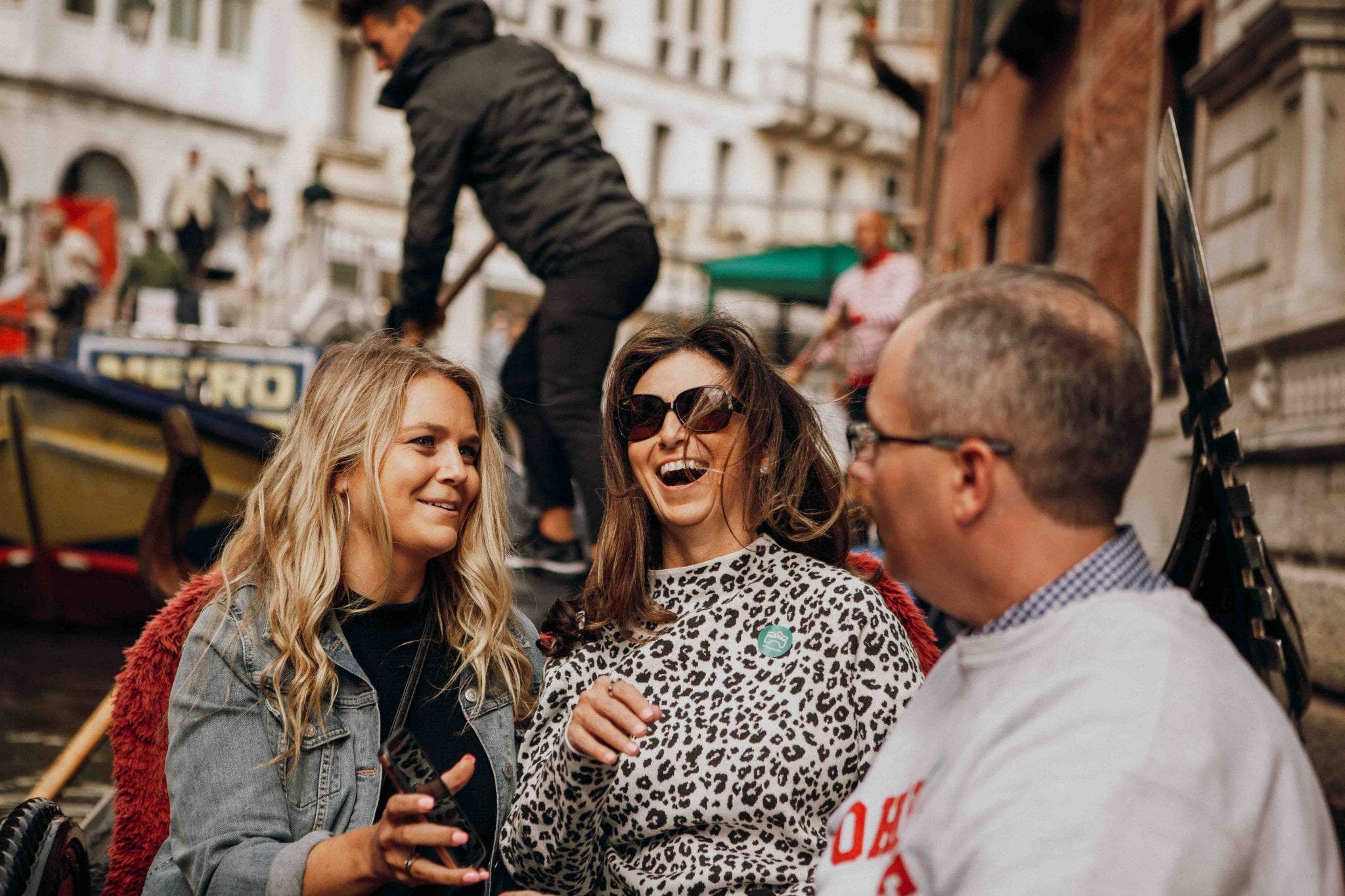
Guests on our Welcome to Venice tour enjoying a gondola ride.
Venice is one of those rare cities that never loses its magic, no matter how many times you visit. From its maze of romantic canals and centuries-old architecture to the daily rhythm of local life, it’s a place best explored slowly, with curiosity and an open mind. Whether you’re sipping espresso at a bustling bacaro, wandering across quiet bridges, or gliding through the lagoon on a gondola, the real beauty of Venice lies in its surprises. Take your time, explore beyond the obvious, and let the floating city reveal its secrets, and keep these Venice tips in mind!
For more inspiration, don’t miss our video on life on the Venetian lagoon:
FAQ´s – Tips for Visiting Venice
1. What’s the best time of year to visit Venice?
Spring (April–June) and autumn (September–October) are ideal times to visit Venice. The weather is mild, and you’ll enjoy fewer crowds than in the busy summer months. Winter, especially January and February, offers a more peaceful, atmospheric experience—just be prepared for cooler temperatures and the possibility of acqua alta (high water).
2. How many days should I spend in Venice?
While you can see the highlights in two days, spending at least three to four days allows you to slow down, explore the smaller islands like Murano and Burano, and get a taste of real Venetian life away from the tourist hubs.
3. What are some unique local foods to try in Venice?
Don’t miss cicchetti (Venetian tapas-style snacks), sarde in saor (sweet-and-sour sardines), and risi e bisi (rice and peas). Pair them with a local white wine, or better yet, enjoy them at a traditional bacaro where locals gather after work.
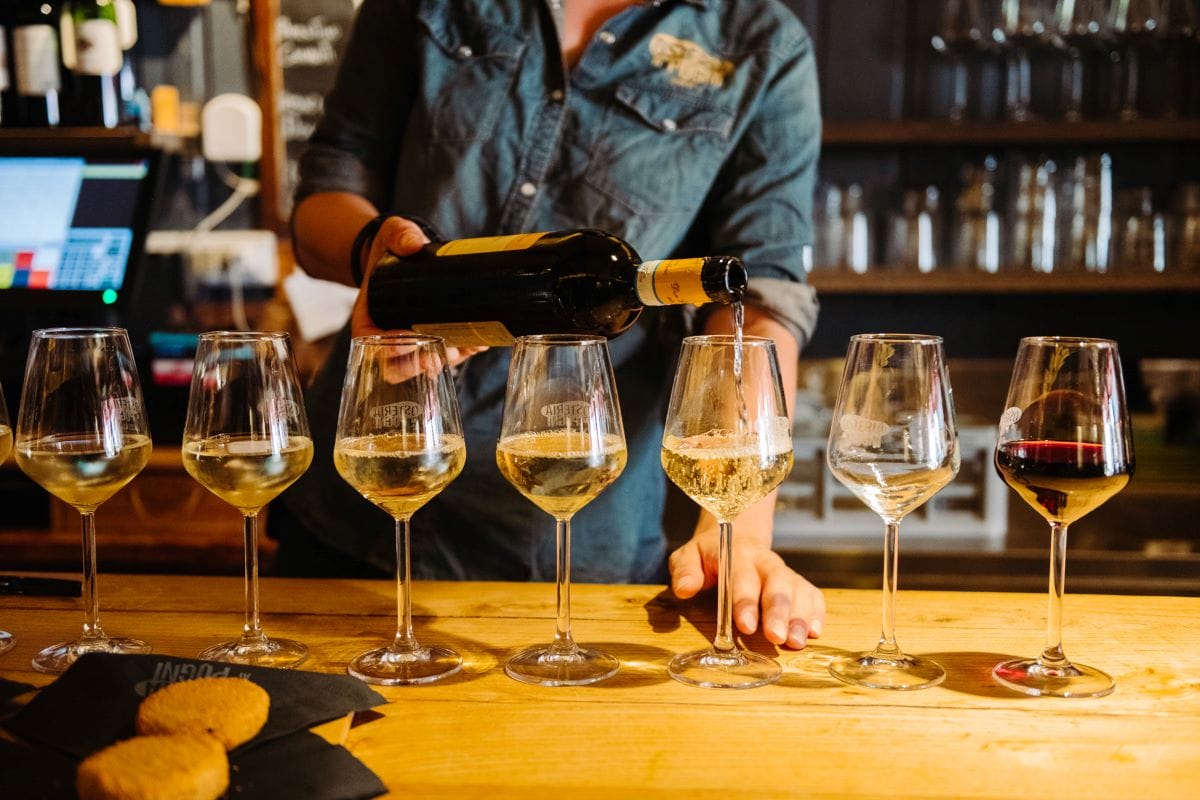
We’ve realized that, a guide is not only fantastic for bringing sites alive with stories, or giving insider’s Venice tips, a guide is also crucial for getting you from point A to point B in a complicated city to navigate. And if you decide that makes sense, check out our “Welcome to Venice” highlights tour, complete with gondola ride!
by Elena L.
View more by Elena ›Book a Tour
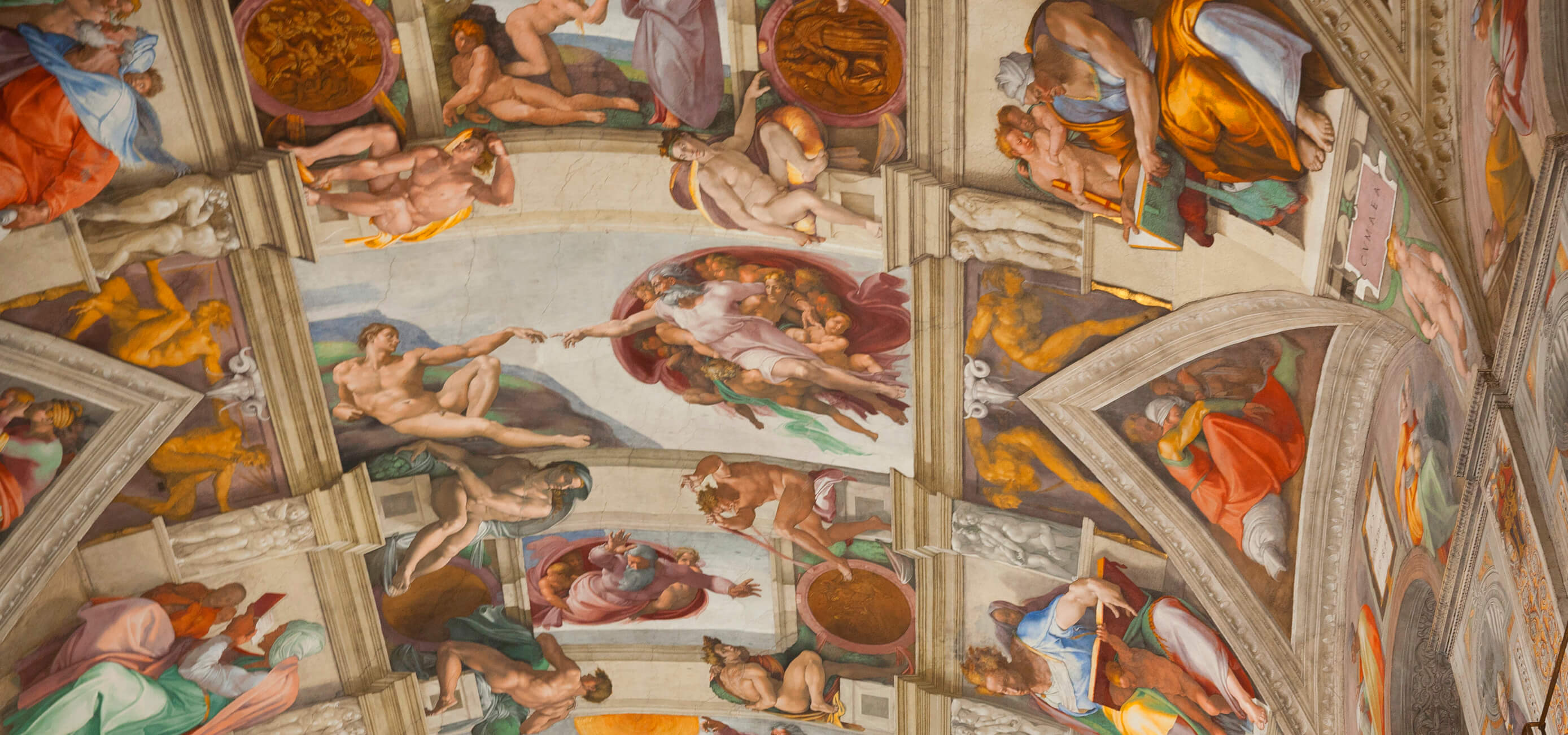
Pristine Sistine - The Chapel at its Best
€89
1794 reviews

Premium Colosseum Tour with Roman Forum Palatine Hill
€56
850 reviews
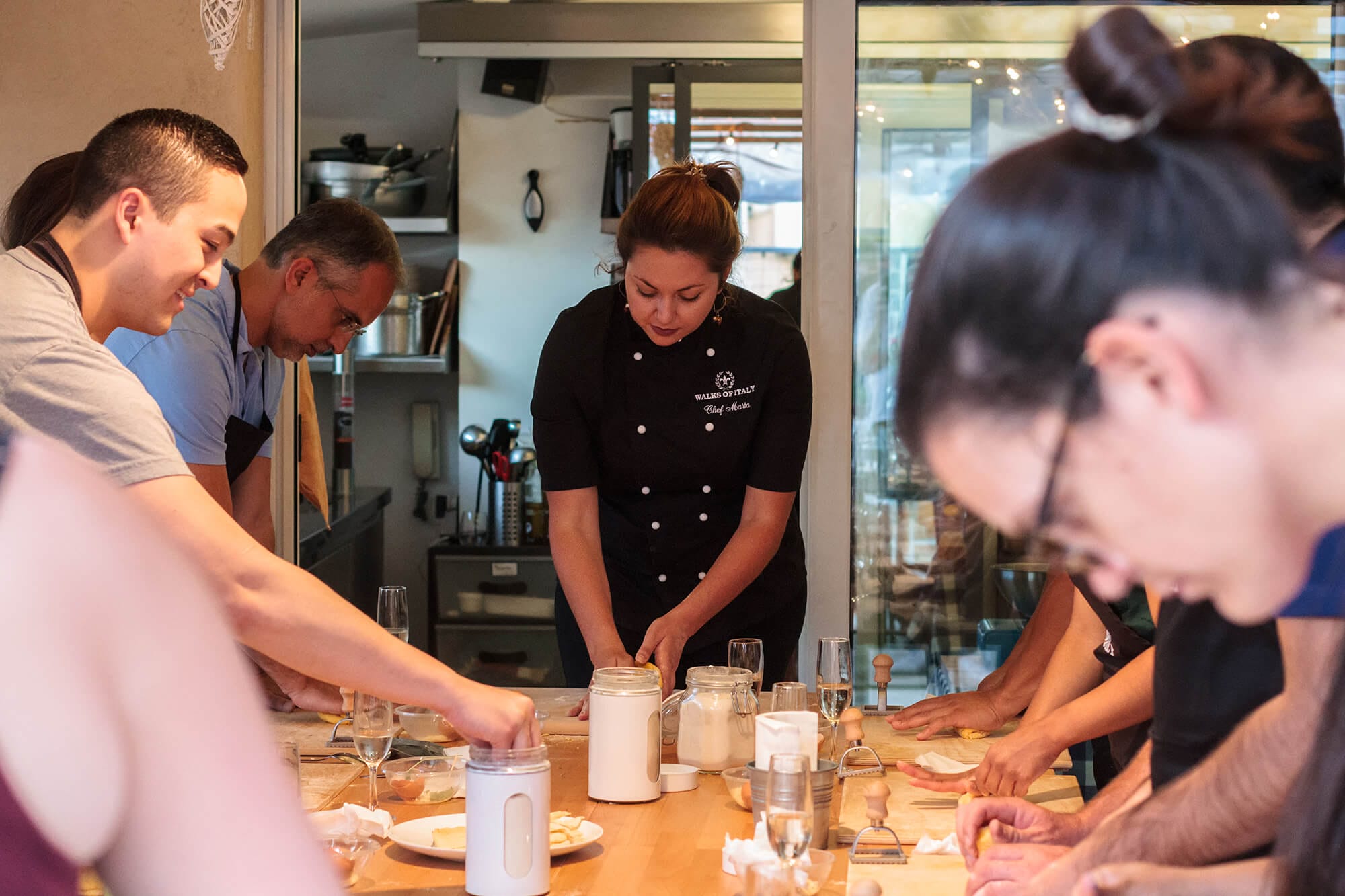
Pasta-Making Class: Cook, Dine Drink Wine with a Local Chef
€64
121 reviews

Crypts, Bones Catacombs: Underground Tour of Rome
€69
401 reviews
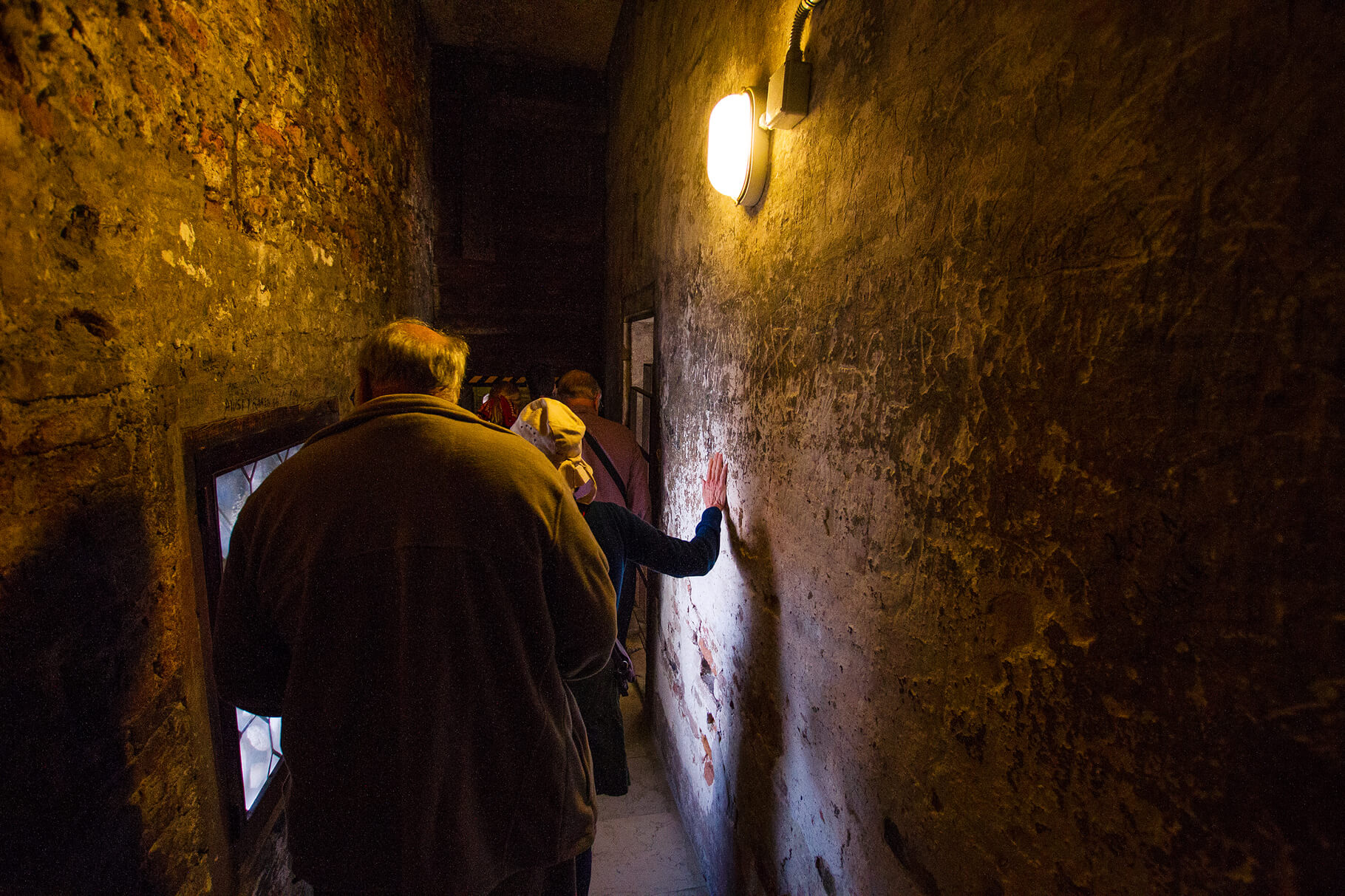
VIP Doge's Palace Secret Passages Tour
€79
18 reviews
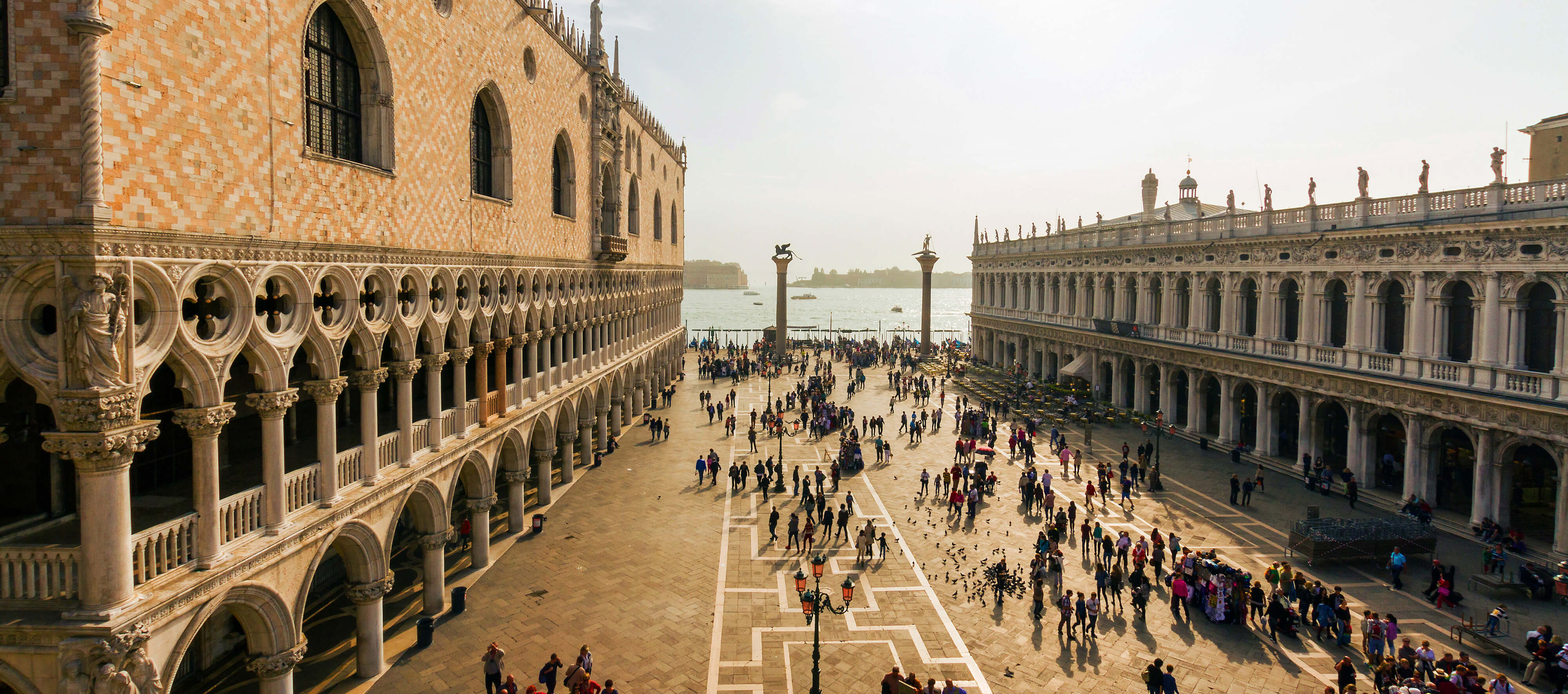
Legendary Venice: St. Mark's Basilica, Terrace Doge's Palace
€69
286 reviews


